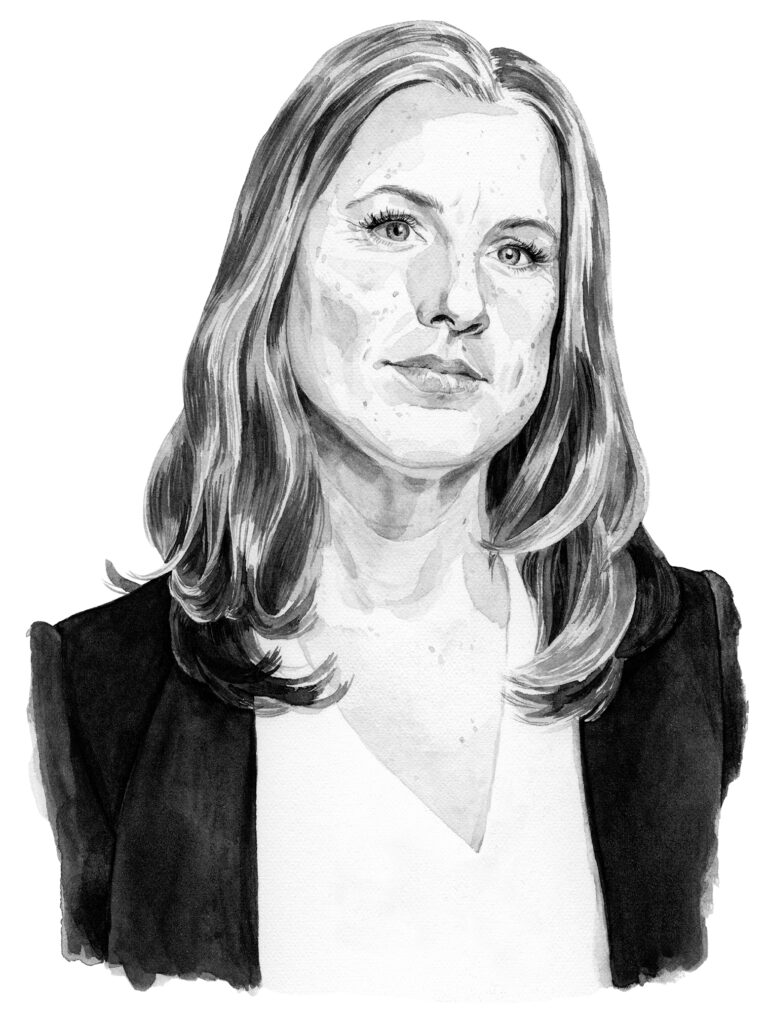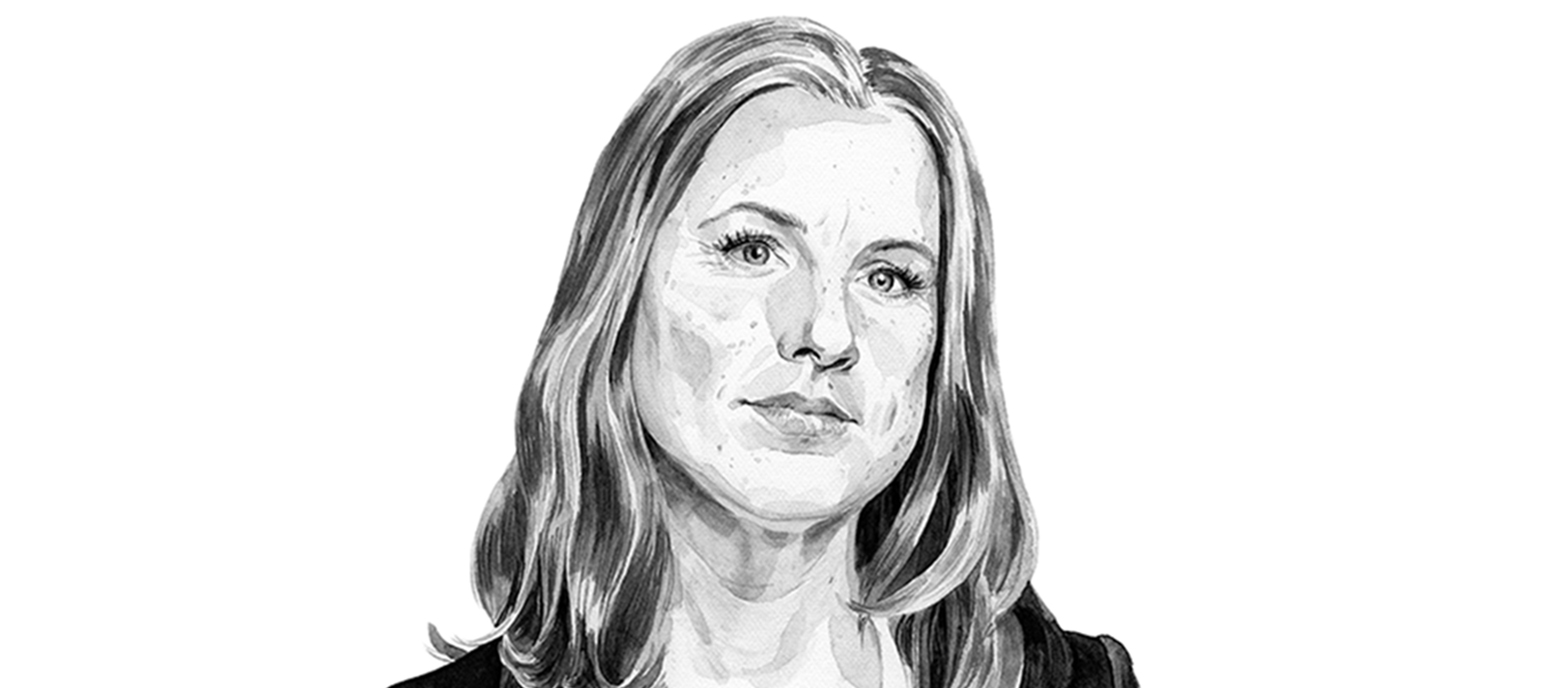As Shara Roy advanced in her legal career, she noticed all kinds of inequities in the profession. The traditional recruitment process suffered from cultural bias. Compensation structures often favoured seniority over talent. And the profession could be unfriendly to women. But lawyers tended to look upon this reality with resigned acceptance, as if one must simply learn how to handle these unavoidable hazards.
Eventually, Roy decided to take a stand. In 2016, she watched Donald Trump win the U.S. presidency. At that moment, Roy—who’d been called to the bar 12 years earlier and was a partner at Lenczner Slaght LLP—felt obligated to push for meaningful reforms, at least within her professional milieu. “I had a position of power and a high degree of job security,” recalls the 46-year-old. “I thought, I have to do something.”
Roy went on to make a name for herself as a changemaker. In 2018, she scrapped the evening cocktail soiree that Lenczner Slaght held during student recruitment week, knowing that such events disproportionately reward applicants who have a familiarity with professional-class cultural norms and an ability to schmooze. Instead, the firm provided a drop-in R&R lounge, where students could find refreshments and a place to unwind between interviews.
Next, she worked with her then-colleague Sana Halwani to create ReferToHer, a website that features a list of respected women lawyers in a range of practice areas. The project aimed to solve a stubborn problem: out of nothing more nefarious than habit, lawyers tend to refer work to the same coterie of established men. With this site up and running, people could now think beyond the usual names and send business to a talented woman who might otherwise have gone overlooked.

Shara Roy
Chief legal counsel, EY Canada
Then, in 2021, she made a surprise announcement. Roy was leaving Lenczner Slaght to become chief legal counsel at Ernst & Young Canada, the domestic partnership of the global professional-services giant. The decision hadn’t been easy. But Jad Shimaly, the CEO of EY Canada, won her over with two commitments. First, she’d be involved in business operations, not only as a lawyer but as a member of the executive committee. And second, she could make diversity, equity and inclusion (DEI) a front-and-centre part of her role.
Shimaly first encountered Roy several years earlier, when he’d retained Lenczner Slaght on a business matter. “Shara was probably the youngest person in the room, but she carried more than her weight in a group of seasoned lawyers and executives,” he says. “She was thoughtful and methodical. She could explain things to the point where everyone could understand them, but, at the same time, she could go toe-to-toe with any lawyer around her.” He knew she could be a great addition to the EY Canada leadership team.
As chief legal counsel, Roy leads a department of 25 lawyers that handles the company’s internal legal matters, including corporate, litigation, employment, regulatory and legal strategy. And, importantly, she’s also using her leadership position to drive change.
Roy is currently reimagining the process by which her team delegates work. She has asked senior lawyers to have a conversation with delegatees about the support they need, their preferred working styles and how each task relates to the broader picture. “When you delegate a job, you have to involve the delegatee in the larger process,” says Roy. “That means bringing them to important meetings, introducing them to everybody around the table and showing them how you handle tricky situations.”
Over the past decade, in-house leaders have used their influence to push for a cultural shift within private practice. When considering whether to hire a firm as external counsel, for instance, they often insist that it bring a diverse team to the file. Roy has embraced that tradition. But that’s not the only way that she promotes fairness in private practice.
When meeting with a firm, Roy asks about its compensation model. In particular, she’s interested in whether it relies on what’s known as an “origination credit.” To determine partner compensation, the largest firms on Bay Street typically use a point system that tracks contributions like billable hours, work on a management committee or the lawyer’s overall book of business. In its simplest form, an origination credit allocates points to partners who bring new work into the firm—and, in some cases, it can boost a partner’s total compensation in perpetuity, even if other lawyers perform the actual legal work on the file. In Roy’s view, this practice often benefits established lawyers, who are simply lucky enough to pick up the phone when a general counsel calls for help.
Roy will hire firms that award origination credits, but she makes an effort to call the partner who will do the bulk of the work, rather than defaulting to an anointed rainmaker. This approach requires a curiosity about how other lawyers run their shops, but Roy doesn’t mind being nosy for a good cause. “Lots of senior partners take me out for lunch,” she says. “And if they want my work, they’re going to answer my questions.”
This combination of toughness and social grace is Roy’s specialty. Monique Jilesen, the managing partner at Lenczner Slaght, remembers Roy as the partner who got to know all of the new associates, helped redesign the offices to brighten the interiors and threw the best summer backyard parties. But she was also passionate about improving the profession. “Shara sees how things can be done better,” says Jilesen. “She stands up for what’s right and good, and you don’t want to get in her way.”
Shara Roy’s career timeline
1984: At seven, Roy learns about the legal profession and, alongside firefighter and ballet dancer, adds lawyer to her list of possible future careers.
2000: Roy graduates from McGill University with a BA in English, making her the first woman in her family to earn a postsecondary degree.
2003: After completing law school at the University of Toronto, Roy articles at Davies Ward Phillips & Vineberg LLP.
2004: Roy is called to the bar.
2006: After spending about a year at a litigation boutique, Roy joins Bennett Jones LLP. Also that year, she meets her future husband, Francis Roy, who’s now the chief compliance officer at BMO Investments.
2011: One year after the birth of Roy’s first child, Ben, she joins Lenczner Slaght LLP as a commercial litigator, working in securities, class actions, insolvency and shareholder disputes.
2015: Roy makes partner at Lenczner Slaght. That same year, she gives birth to identical twins, Emma and Lolo.
2022: In January, Roy joins Ernst & Young Canada as chief legal counsel.
This story is from our Spring 2023 Issue.
Illustration by Melinda Josie.


